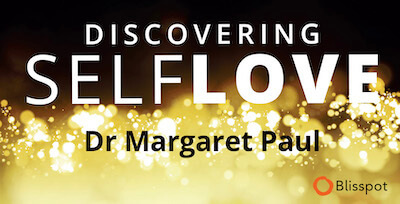Recent research on loneliness indicates that almost half of Americans experience themselves as lonely, and, surprisingly, more young people are lonely than the elderly.
It finds that loneliness is widespread in America, with nearly 50 percent of respondents reporting that they feel alone or left out always or sometimes.”
Loneliness and Self-Abandonment
In Inner Bonding terms, how much of this is due to self-abandonment? How much are these people leaving themselves alone inside and leaving themselves out in terms of caring about and taking responsibility for their own feelings? How many young people are abandoning themselves with screen time and social media, and then suffering as a result? In fact, the research indicates that this may be what is occurring:
“…some research published in 2017 by psychologist Jean Twenge at San Diego State University suggests that more screen time and social media may have caused a rise in depression and suicide among American adolescents.”
When people haven’t learned how to love themselves by taking compassionate responsibility for their feelings and instead avoid them with their various addictions to substance and processes, they feel alone and left out inside. Their disconnection from themselves leads to their disconnection from others, resulting in loneliness.
Practicing Inner Bonding Can Heal Loneliness
I have seen over and over with the countless people I’ve worked with and heard from over email, how they no longer feel lonely as they learn to love themselves rather than continue to reject and abandon themselves. It’s my experience that within every lonely person is a self-abandoning person – which means that lonely people can do something about being lonely.
As they learn to see, value and love themselves, they feel more confident in reaching out to others, and since we all attract at our common level of self-abandonment or self-love, they attract open and caring people into their lives.
If you think about it, it makes sense that the more a person stops leaving themselves alone and leaving themselves out regarding compassionately attending to their feelings and taking loving action for themselves, the more attractive they are to others.
In Addition To The Pain Of Isolation, Loneliness Can Cause Illness
“Loneliness has health consequences. ‘There’s a blurred line between mental and physical health,’ says David Cordani (President and CEO of Cigna Corp., who contracted much of this research). ‘Oftentimes, medical symptoms present themselves and they’re correlated with mental, lifestyle, behavioural issues like loneliness.’
“Several studies in recent years, including ones by Holt-Lunstad, have documented the public health effect of loneliness. It has been linked with a higher risk of coronary heart disease and stroke. It has been shown to influence our genes and our immune systems, and even recovery from breast cancer.
“And there is growing evidence that loneliness can kill. ‘We have robust evidence that it increases the risk for premature mortality,’ says Holt-Lunstad. Studies have found that it is a predictor of premature death, not just for the elderly, but even more so for younger people.”
Obviously, it doesn’t have to be this way. Everyone CAN learn to manage their loneliness in ways that bring about healing rather than the pain of isolation and illness. In the past, when people lived in communities without TV, fractured families and social media, loneliness was rarely an issue. Today, we each need to make sure that we are taking loving care of ourselves through our Inner Bonding practice so that we don’t ‘die of loneliness.’
I hope you can see that, by diligently practising Inner Bonding, you don’t have to end up feeling alone, sick and lonely.








